Help your company grow by using the Market Research Centre
With Brexit a reminder of the importance of diversifying and discovering exciting new export opportunities, Enterprise Ireland’s Market Research Centre can help.
Conducting the right market research is vital for businesses to maintain their competitive edge and enjoy successful export growth. According to a recent Enterprise Ireland survey, more than four out of five businesses plan to diversify into the Eurozone – a smart move given its potential export market value of €38bn alone.
Enterprise Ireland-supported companies can benefit from support in their plans to expand their reach. Here are five ways that our Market Research Centre can help.
1. Access world-class market research
Conducting market research before exporting into new markets can cost time, money and resources for which your business must budget. The Market Research Centre can help by providing access to up-to-date premium market research reports from some of the world’s leading market research publishers, such as Euromonitor International, Frost & Sullivan, and Mintel.
The Centre provides access to:
- Country reports
- Global company profiles
- Industry sector reports
- Trend forecasts.
The Centre is available free-of-charge to companies supported by Enterprise Ireland across the regional office network.
With some individual reports costing tens of thousands of euro, the potential value of using the service is immense.
2. Know your markets
When planning to export, the most important step is to learn as much about your new target market as possible. Accessing the latest research available through the Market Research Centre will help you to understand potential export regions and the competitors already operating there. Questions you should consider include:
- What is the size of the market?
- Who are the big players?
- Is there a dominant brand in the market
3. Know your channels
When Abcon, an abrasives and industrial hose manufacturer from Co. Cavan wanted to increase exports to the Eurozone after the Brexit referendum, they needed to understand the markets that would help to grow the business.
With a high volume of sales driven by internet searches, accurate information about the names of products in local languages proved essential to underpinning successful international digital marketing tactics.
Lyn Sharkey, Sales and Marketing Director for Abcon, says that the Market Research Centre’s information specialists helped the company to obtain such information, in addition to lists of potential leads and trade events to attend – all of which would have been far more difficult to source alone.
4. Insights about your customers
Understanding the demographics of a market and the competitors already succeeding there is of little value unless you also understand your new potential customers, and how your offerings should be tweaked or positioned to best appeal to them.
One of the most vital considerations for any company is: “what does your customer want, and how does it differ from what you’re already doing and delivering?”.
When Irish Dog Foods, the Naas-based pet food manufacturer, was planning to enter the South Korean market, they asked these same questions. The company turned to the Market Research Centre to learn which customers it should sell to.
“One of the things we learned during our market research is that there are practically no large dogs in Korea,” says Darren Keating, Marketing Manager of Irish Dog Foods. “That meant we specifically targeted the owners of small dogs. That information came from the Market Research Centre.”
5. Guidance from information specialists
The Market Research Centre’s information specialists have a wealth of experience and are available to guide you to the most relevant reports and databases for your needs, and to provide support before and during your visit.
Sometimes the best support is reassurance from a specialist that you are heading in the right direction, allowing you to use your time efficiently.
Contact Us
Contact the Market Research Centre to discuss your research request and to arrange a visit to our centre in Dublin or to any of our eight regional office hubs.
Phone: +353 (1) 727 2324
Email: market.research@enterprise-ireland.com
Opening Hours: Monday-Friday 9am-5pm



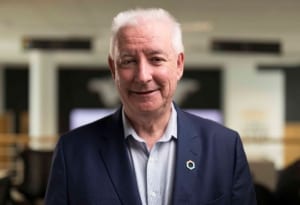



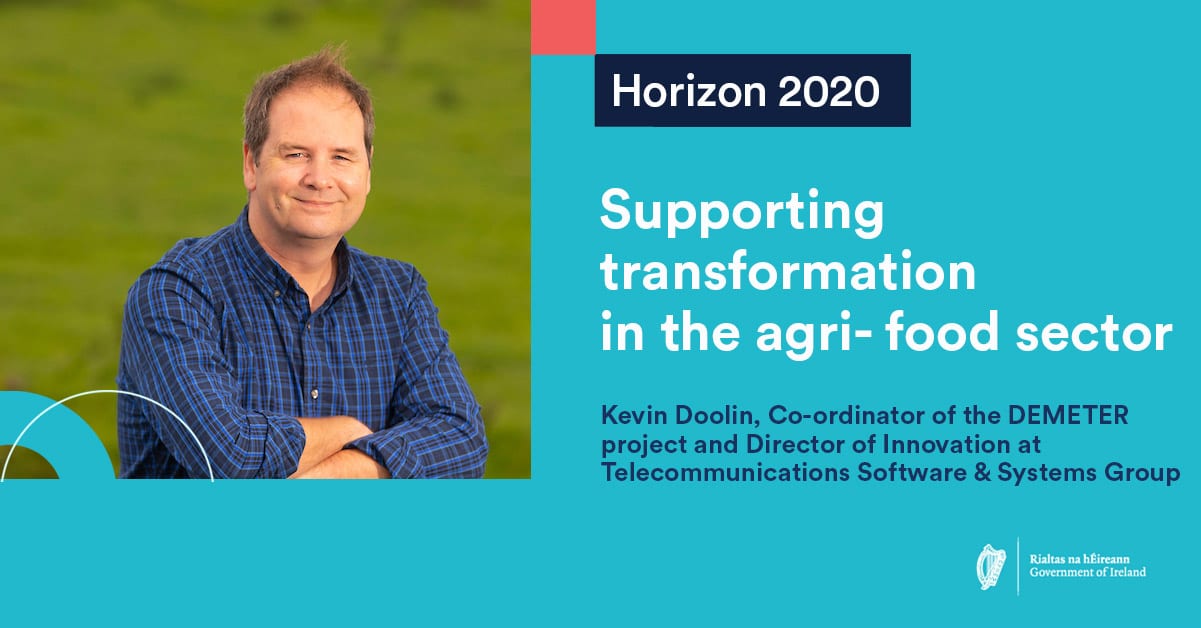
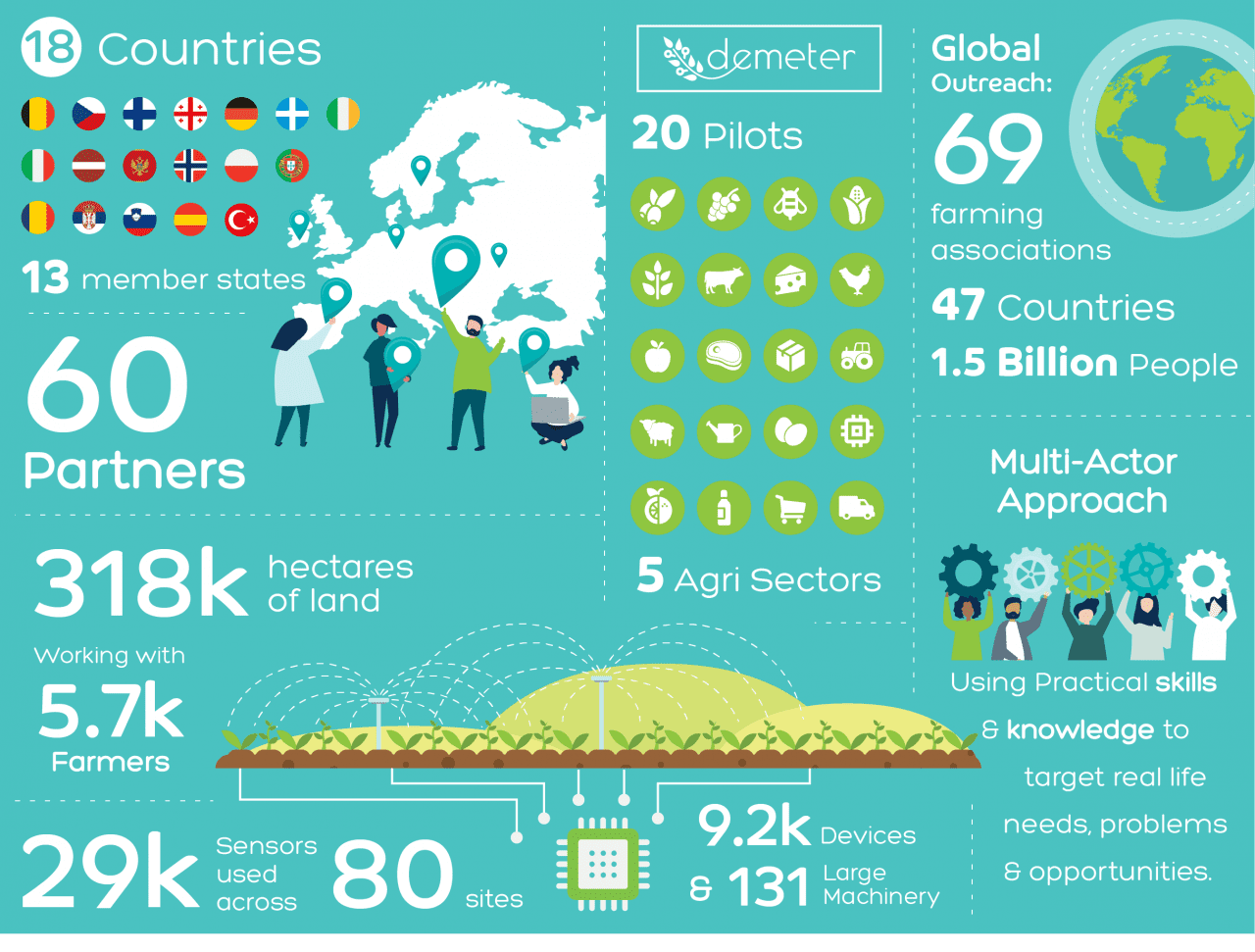


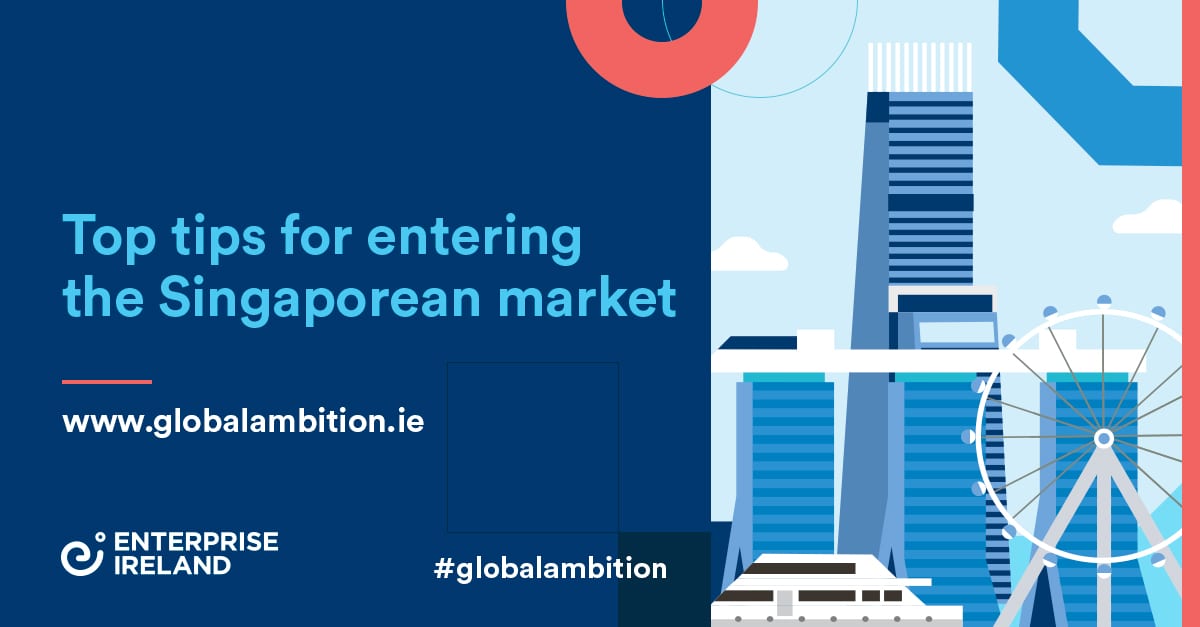
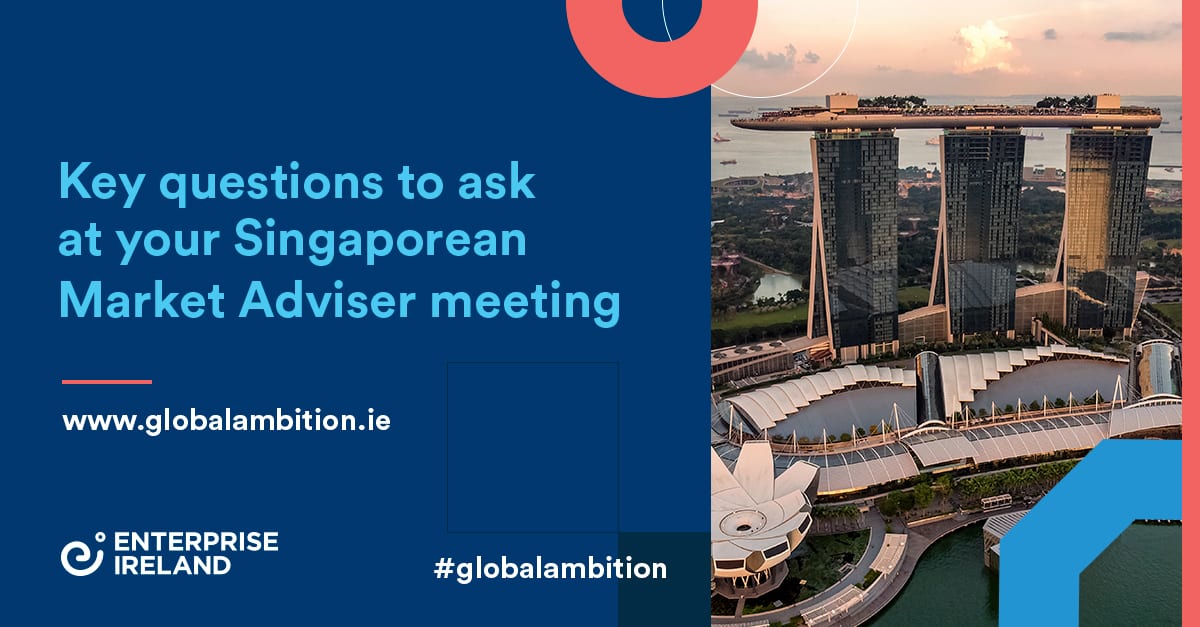

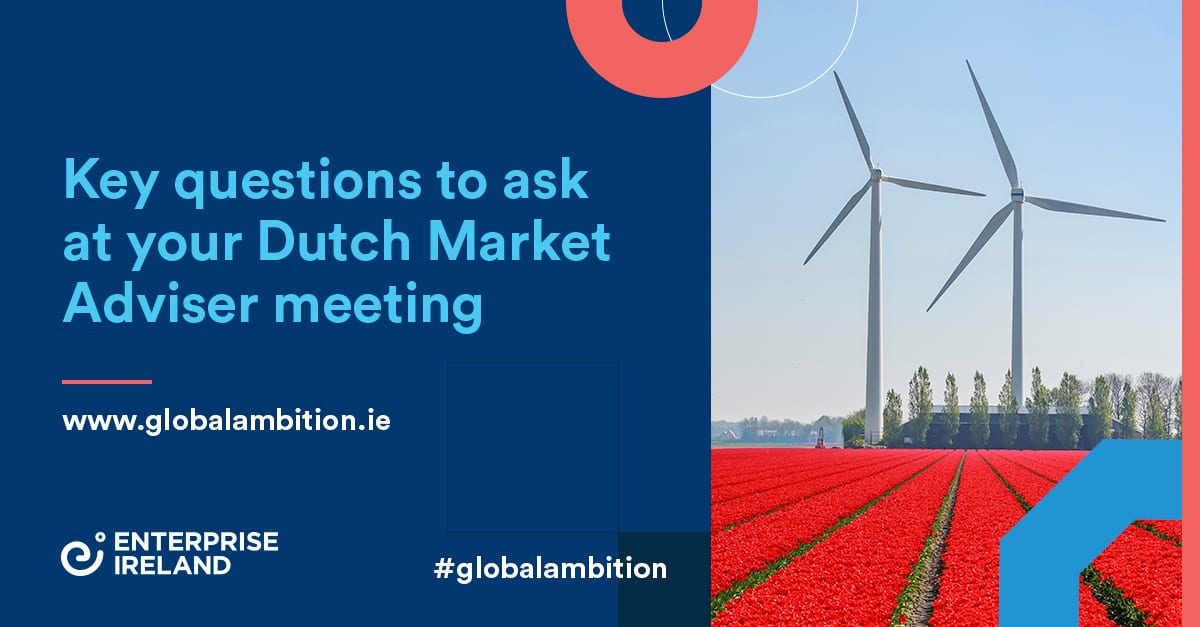



 Firefly looked at various grant schemes from different organisations before deciding to apply to
Firefly looked at various grant schemes from different organisations before deciding to apply to 
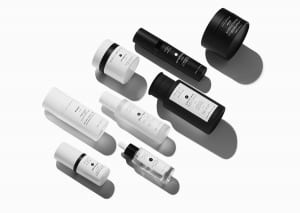
 With the help of
With the help of 
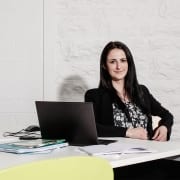
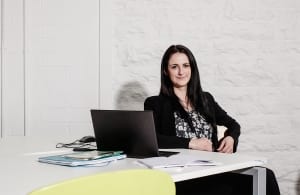
 “I found myself spending far too much time on trying to manage these dressings. The straw that really broke the camel’s back was when I attended a friend’s hen party and was talking to the groom’s mother. I was shaking her hand and a dressing just fell out of my dress. I always had this idea to develop some sort of solution and that just spurred me on to really find something that worked for HS patients.”
“I found myself spending far too much time on trying to manage these dressings. The straw that really broke the camel’s back was when I attended a friend’s hen party and was talking to the groom’s mother. I was shaking her hand and a dressing just fell out of my dress. I always had this idea to develop some sort of solution and that just spurred me on to really find something that worked for HS patients.”


 solving the problem. “We launched initially onto the Irish market, and had some really excellent, brave and innovative pharmacists in Ireland who understood the benefits of such a system and took it on at an early stage. We have 30 people on our team now, and we are constantly evolving the system, keeping our ears to the ground for changes in regulations and responding to feedback and new requirements from users.”
solving the problem. “We launched initially onto the Irish market, and had some really excellent, brave and innovative pharmacists in Ireland who understood the benefits of such a system and took it on at an early stage. We have 30 people on our team now, and we are constantly evolving the system, keeping our ears to the ground for changes in regulations and responding to feedback and new requirements from users.”
